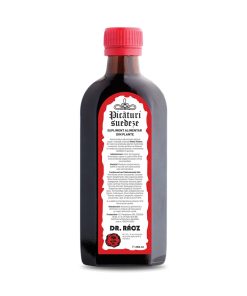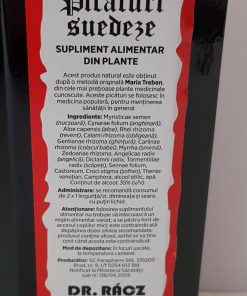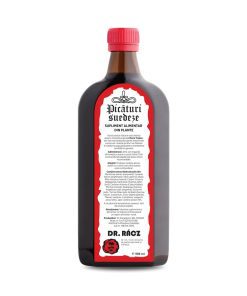What is Aloe capensis or Cape aloe?
Aloe capensis or Cape aloe is a succulent from the genus Aloe that grows naturally in tropical and arid habitats around the world. It is native to the Arabian Peninsula, but has become an invasive species in numerous areas. An evergreen perennial, it can thrive in both wet and dry climates.
Aloe capensis is incorporated into a variety of consumer products, like beverages, skin lotion, ointments and cosmetics. It may even be found in gel form to soothe minor burns or sunburns.
Aloe capensis is known for its two substances: gel and latex. Found in the inner part of the leaf, the gel is a clear, jelly-like material. Underneath the plant’s skin lies the yellow latex. It is possible to find products with both substances together, produced from a whole crushed leaf.
Aloe capensis medications can be both ingested and applied topically. It is often consumed for weight loss, diabetes, hepatitis, inflammatory bowel ailments, osteoarthritis, gastrointestinal ulcers, asthma, skin sores resulting from radiation exposure, fever, itching and swelling as well as to promote overall wellness. Acemannan — a chemical derived from aloe — is taken orally for HIV/AIDS while aloe extract is used to reduce cholesterol levels.
Aloe capensis latex is taken orally mainly to alleviate constipation, but it also serves many other purposes such as controlling seizures, asthma, colds and bleeding. It may also be used to restore a menstrual cycle, reduce swelling of the colon (colitis), treat depression and diabetes, bring relief in glaucoma-induced blindness; as well as for multiple sclerosis, hemorrhoids, varicose veins and joint inflammation. Fresh aloe leaves can also be used for treating cancer.
Aloe capensis gel is commonly applied to skin to relieve acne, lichen planus, inflammation of the mouth, radiation-induced damage, plaque, diaper rash, frostbite, gum disease, bedsores and scabies. It is also known to aid wound healing and reduce hemorrhoidal pain after surgery and symptoms of osteoarthritis. As an antiseptic and insect repellant it is frequently seen in aloe extract form. Aloe leaf juice is used for anal fissures and acemannan – a chemical constituent of aloe – applied to the mouth for dry sockets or canker sores. Moreover it soothes sunburns, dry skin and other forms of burning irritation.
Imunitate
Imunitate



